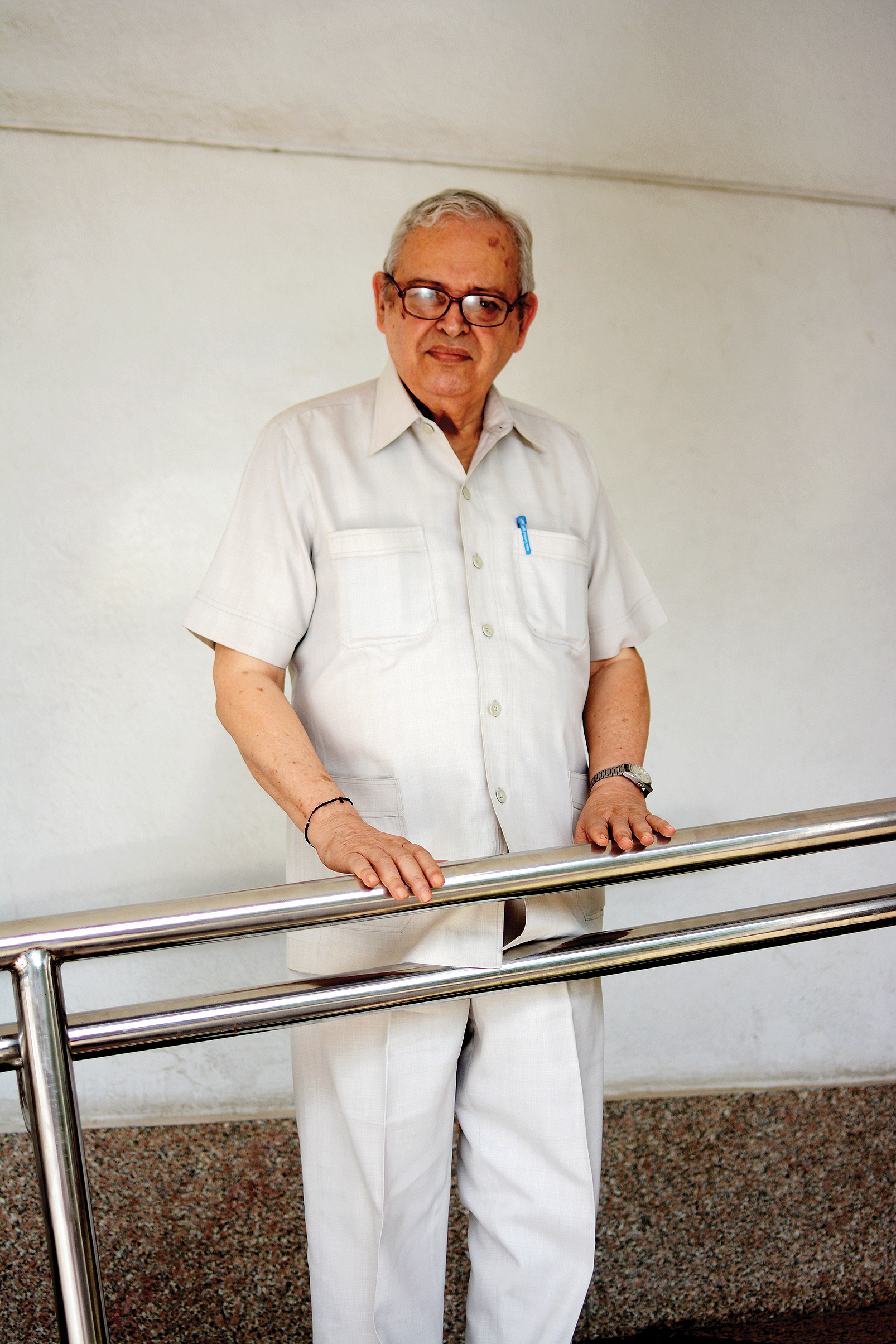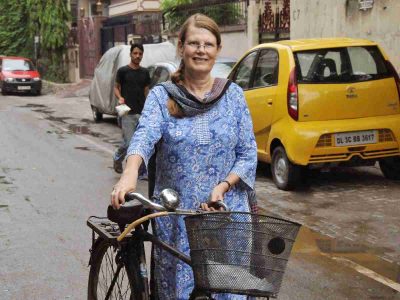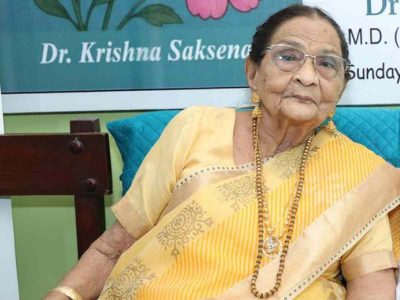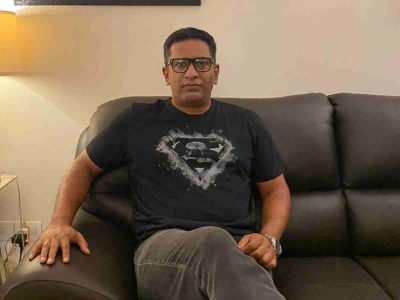The Delhi of 1965 has transformed beyond recognition but old-timers are keeping the memory of those days alive. The first in the series is Gautam Kaul, IPS (retired)
Delhi has changed drastically since Gautam Kaul, 78, moved to the city in 1965. Kaul belongs to the 1965 batch of the Indian Police Service (IPS), Union Territory cadre. He served in various capacities in the central paramilitary forces as well as in Delhi and Chandigarh Police until his retirement in 2001 as Director General, Indo-Tibetan Border Police. Recipient of two National Awards and one international award — ‘Star of Italian Solidarity’ (2004) — Kaul has been involved in the field of literature, commercial arts, education, environment protection, culture, journalism and promotion of sports.
In conversation with Patriot’s Shruti Das, Kaul reminisces about the bygone days of the Capital city, giving insights into politics, infrastructure, media and films; along with intriguing tales from his days in Delhi Police. Excerpts:
Blast from the past
It was 1965 when I joined Delhi Police. The very day I joined, there was a huge explosion near our police station. It was due to illegal storage of plastic pellets in a building — the whole building exploded, and the gas which emerged wafted through the lane, affecting many. So, as they say, my career started with a bang!
That explosion caused loss of at least 40 lives, with another 150 injured. What followed after that was — every crime reporter in the city came to the spot to cover the news. Thus I got an introduction to the entire press corps of Delhi in one go. Also, I released a press note which was so professionally written some people came up and asked me who wrote it, to which I replied, ‘I wrote it myself!’
There are at least five or six reporters of that time with whom I maintained a personal and professional relation parallelly throughout my career. In 1971, because of my press background, I was designated PRO of Delhi Police.
Period of unrest
In 1967, the Jan Sangh party organised their National Convention in Shahdara. This was a four-day convention, at the end of which the principal organisers of this function came to my office (I was the SDPO in that region) to thank me for the police help. In that delegation, I met LK Advani, Hardayal Devgun, Madan Lal Khurana, among many. This is how I started getting acquainted with political personalities.
At that time, the Akali Dal split in two. A woman (politician) from Punjab, Nirlep Kaur – she was a fighter! — came and occupied Gurdwara Sisganj. We were asked not to interfere in this political affair. But later it was decided that Kaur and her supporters should be thrown out from there and help was taken from my area’s district police.
I was a novice back then. The locals said it’s up to you if you want to get involved.
Then we laid siege to the place, and it continued for three days. We finally got rid of the rebel group. But that was the first and last occasion when I participated in this kind of police action – in which we used a lot of teargas – about 100 rounds. The after-effect was so bad that for about a month, people could not enter the Gurdwara without covering their faces: they would start weeping. The whole building had to be washed up.
That was a time when agitational politics in Delhi was quite high. Teargas, lathi charges – all these were common. In 1973, we had two communal riots in my area. We dealt with that. There was police firing and killings.
A commendable step
In 1967, a riot took place in Sadar Bazar area – in the Basti Julhan area. The congestion used to lead to clashes often between the neighbours. I was posted in that area when the clash took place. I was told to take the situation under control. So, I decided to get rid of the rioters in the street first. I ordered my police staff – ‘Ek ek ko haath mein pakar ke le ayo, chahe Hindu ho ya Muslim (bring all those who are rioting here, be they Hindu or Muslim).’
When the riot was over, we gave a report that people have been arrested. The government was happy that quick action was taken. For that, I got my first letter of commendation. Also, that incident taught me a lesson: ‘Don’t wait for orders from above. Do what is lawful and bear the consequences.’
Planning & ‘Plot’ing
Old Delhi was very congested back then. Jagmohan, as the then Vice-Chairman of DDA, had a wonderful plan for the city. I was part of it, as it required police involvement as well. We tried to implement it as much as possible.
The objective was to decongest the area, to reduce chances of social friction. Crime came down in the Walled City areas dramatically! I learnt that crime is related to the concentration of population in a unit area. No one realises this!
In Delhi, expansion should happen horizontally and not vertically. They are again increasing the pollution per 1,000 sqm –which is wrong. For that, the transport system should be improved.
There was tram system in the city from Red Fort to Fatehpuri. To see what the tram looked like, watch BR Chopra’s Chandni Chowk. The film’s opening sequence—when the credit rolls – is that of the moving trams. But the train wasn’t being maintained properly and due to its slow movement, it used to create a lot of congestion in the Chandni Chowk area. So the local government removed it.
Unfortunately, in Delhi, development is always blood tinged. When there is a major law and order situation, development plans get a push.
Reel to real
Cinema came to Delhi a little late because the city was not a centre of business. The movie business developed after independence. Old Delhi had a large number of cinema halls — they have all disappeared! There was West End, Majestic, Imperial, Kumar – these are names which the present generation is not even aware of! They were the original movie halls.
In Chandni Chowk’s Bhagirath Palace, the film distributors developed a territory known as the Delhi-UP territory for cinema operators. All this business was concentrated in Bhagirath Palace. So, all the deals – like which film will run from where or how much money will be allotted – all these were carried out from here.
Maidan in the making
Pragati Maidan of that time was the oxbow (U-shaped) lake of river Yamuna. When the Railways said they want the land to organise an exhibition, the government agreed.
So, what the Railways did was they laid low tracks, an inferior track from the main line and brought sand from Rajasthan in goods trains. They levelled the land and made it into a dry, flat land — but not the whole area, only a part of it. The second part came in 1966 when the Delhi Police agitation took place. This is how the Pragati Maidan land was developed – I’ve seen it all!
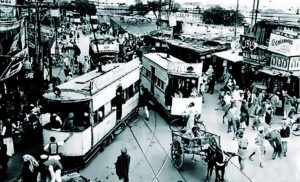
Political culture
Politicians reflect the culture of the people themselves. There are two types of politicians here – those born in Delhi and the others who came here. Those who were locally born – they had more sympathy with the infrastructure of their own environment. They always had a stake in it.
The latter came to exploit the infrastructure. Thus, we were always on the lookout for people who were locally born. And Delhi Police always did a good job by seeking the association and cooperation in maintaining law and order from this class of people. We identified this as an advantage rather than the other police forces in the country where such an attitude was missing.
Media today
Over the decades, some newspapers were born, others died. A major newspaper that died (during the Emergency) was the Motherland –the official mouthpiece of BJP. It was a good news sheet, but there was an element of resource crunch in its paper design. It was published from Jhandewalan. Then there was Patriot which died but has been revived. Same with National Herald. The format of journalism in Delhi has changed. Management does not take responsibility for what goes in the paper. Back then, there used to be only one by-line in a page. Now, every story has a by-line.

